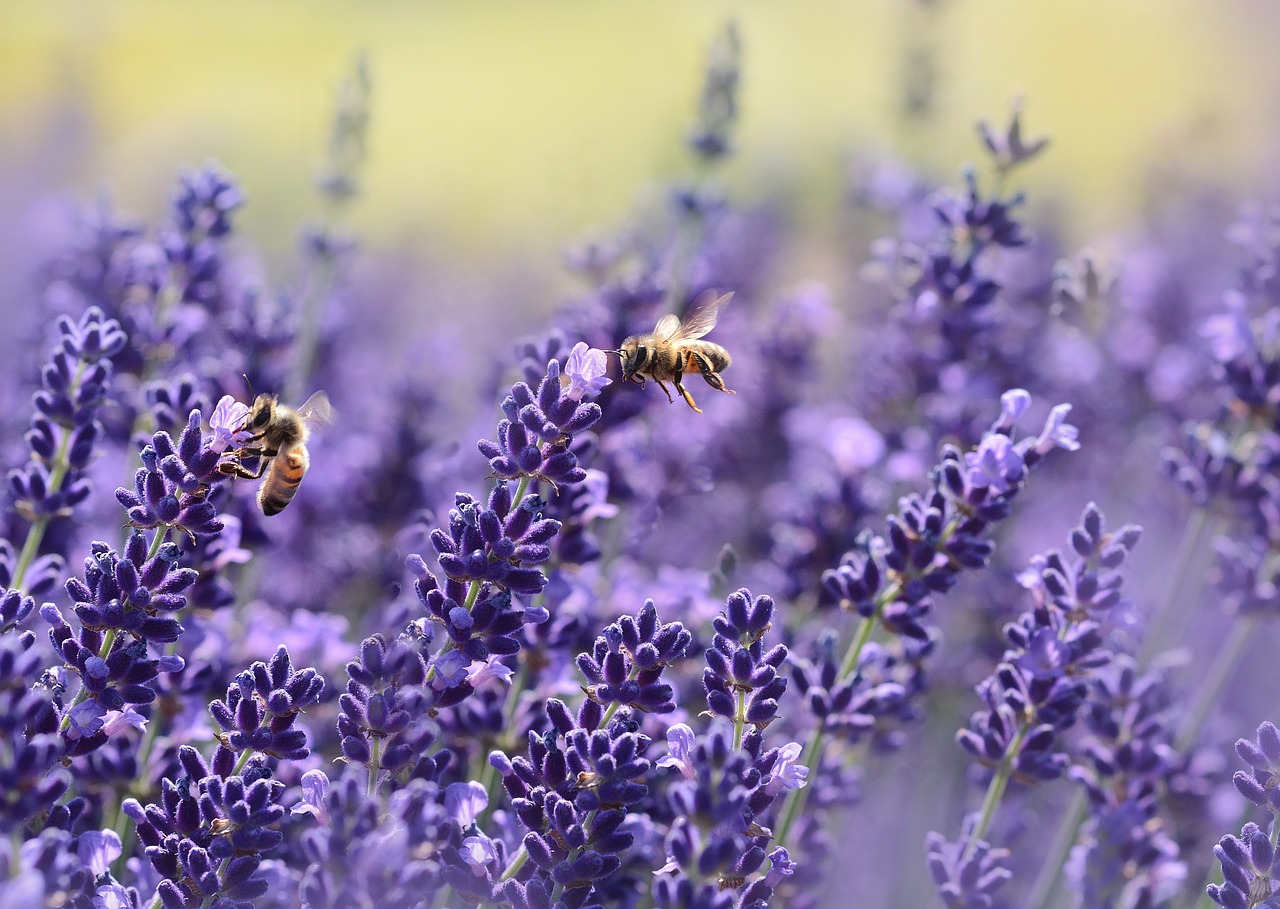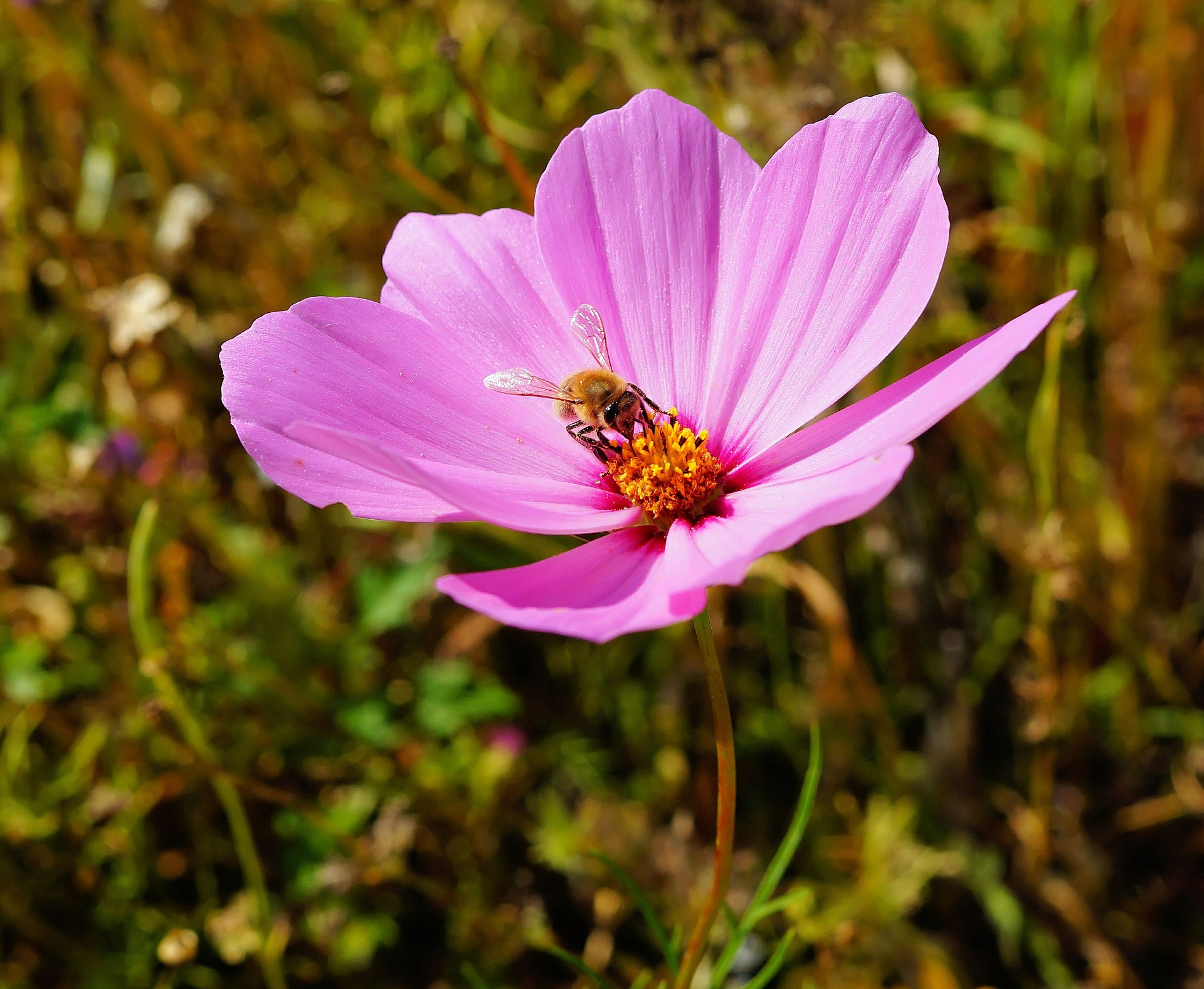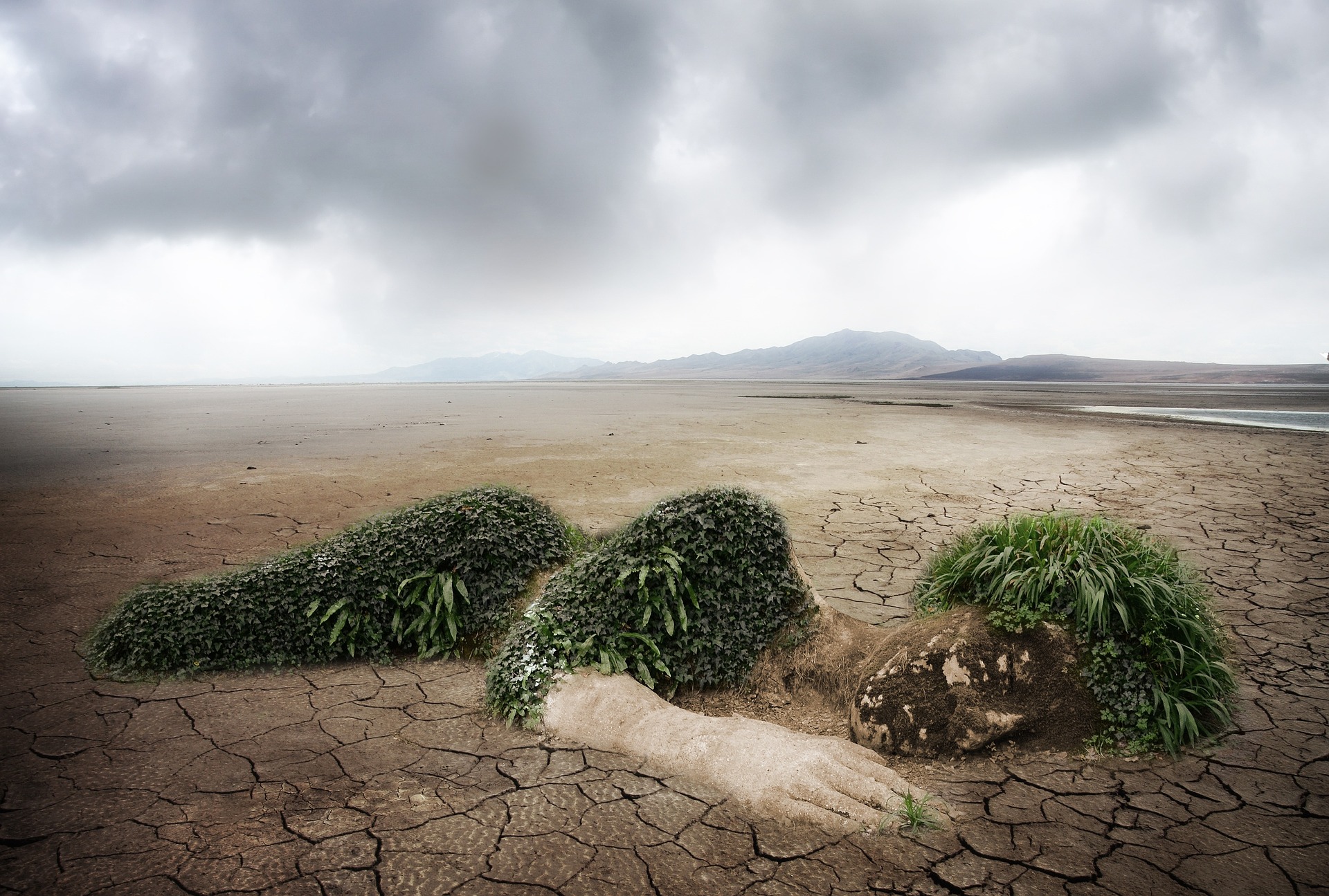
In February of 2017, the U.S. Fish and Wildlife Service designated the rusty patched bumblebee an endangered species — the first such classification for a bumblebee in the continental U.S. This means that these bees will now qualify for federal protections, and the government will develop a recovery plan. This designation also means that states with habitats for these bumblebees are eligible for federal funds.
And while these protections go a long way toward helping these endangered bees, there are simple things that you can do to help them survive as well.
The Importance of Bees
If you’re asking yourself why bees are important, it’s because they play a huge part in growing a number of crops including blueberries and tomatoes. As they buzz from blossom to blossom, these cross-pollinators collect pollen on their bodies and carry it from the flower of one plant to others, fertilizing the flowers of other plants each time they land.
It might not seem like a big job, but to give you a better idea of their importance to our food supply, one out of every three bites of food you eat has been helped along in some way by bees, according to Rebecca Riley of the Natural Resources Defense Council. In addition, UN’s Food and Agriculture Organization estimates that 90% of the world’s food supply is made up of 100 crop species and 71 of those crops (especially fruits and vegetables) rely on bees for pollination. All of these crops help maintain our economy. In the U.S., bees generate $15 billion a year, according to the World Wildlife Fund.
To increase the population of these winged workers, there are a number of things you can do and many of them require little to no effort. It’s all about being mindful of what bees need.
#1 – Plant A Bee-Friendly Garden
Bees are quickly losing habitat in the United States to industrial crops and manicured lawns but you can create an oasis for them by choosing bee-friendly bushes and flowers. This doesn’t need to be a high-maintenance garden, either. You could plant a lilac bush, lavender, sage or wisteria. Bees also love homegrown produce like squash, tomatoes, pumpkins, and sunflowers. Herbs are another option and can easily be maintained on a patio or balcony in decorative pots. Consider mint, oregano, and rosemary, as bees love them.
#2 – Create A Natural Preserve
What most Americans consider weeds (clover, wildflowers, dandelions, etc.) are actually valuable to bees. If maintaining a garden sounds like more work than you’re ready to tackle, consider allowing a portion of your yard to overgrow naturally. You might even choose to hand-sow a wildflower seed blend over the area in early spring, which will add color, height, and cross-pollination opportunities for our bee friends.
#3 – Go Pesticide-Free
The chemical treatments that so many pay to have applied to their lawns might make your lawn pristine and free of dandelions and other weeds, but that comes at a cost to bumblebees. What’s worse is that if these pesticides are applied to your lawn while clover and dandelions are in bloom, the bees collecting pollen from these flowers will carry these poisons back to the hive where they make their way into the honey and ultimately, to our tables. The good news is that choosing not to treat your lawn will save you both time and money.
#4 – Create A Bee Bath
Bees need fresh water and you can provide a drinking space for them in your garden using a shallow dish and a handful of clean pebbles. Simply pour your pebbles into the dish and fill your bee bath with enough fresh water that the rocks are exposed, giving the bees a dry place to land.
#5 – Buy Local Honey
To support the bees and those who are dedicated to helping them full-time, skip the supermarket honey and buy yours from a local source. Not only will you get pure, raw honey free of processing and chemicals, but you’ll be supporting those who work to help bee populations daily.
Helping bees escape the endangered species list doesn’t mean you have to spend hours gardening or donning a beekeeping bonnet to tend a backyard hive. It can be as simple as skipping chemical treatments on your lawn and setting out a dish of water and pebbles. These simple steps can help revive our dwindling bee populations, without a ton of time and effort.
Image Source


